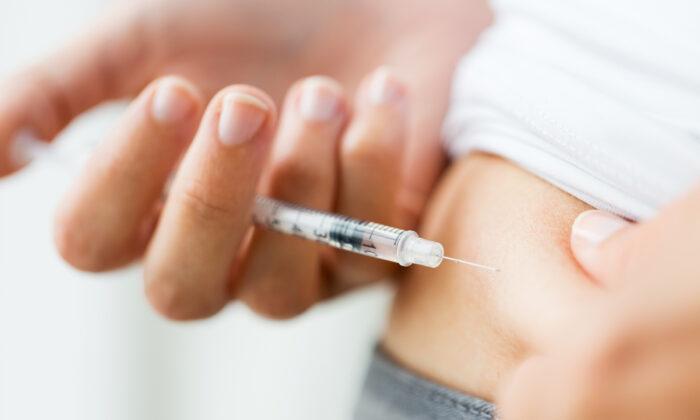Unjustified prescription drug increases on just eight commonly used medications led patients and health insurers nationwide to spend an additional $1.2 billion in 2022, a new report shows.
“The price of many existing drugs, both brand and generic, can increase substantially over time, and questions are frequently raised regarding whether these price increases are justified,” the research team wrote in the executive summary of the 2023 report.
To determine which drug increases were unjustified, ICER started with a list of 250 drugs with the highest sales revenue in 2021. Any drug with a wholesale acquisition cost of less than 2 percent was removed from the list, which whittled the list down to 149 medications.
Monoclonal Antibody Drug Tops the List
Of the 10 medications ICER reviewed for price increases, seven price hikes were deemed unsupported by clinical evidence. In other words, there was nothing new about the medication that justified the higher price.The worst offender on ICER’s list was AbbVie’s Humira. A monoclonal antibody drug, Humira is prescribed to treat moderate to severe rheumatoid arthritis. It experienced a 7.1 percent increase in wholesale acquisition cost for an additional $386 million in revenue in 2022.
Next on ICER’s list was Darzalex, an anti-cancer monoclonal antibody prescribed to treat multiple myeloma. The drug increased by 6.8 percent, making its manufacturer, J&J Innovative Medicine, an additional $248 million in 2022.
- Ibrance, a hormonal-based therapy prescribed to treat breast cancer. Ibrance’s wholesale increase was 6.92 percent, earning an additional $151 million.
- Prolia, a medication used to treat osteoporosis and hypercalcemia, increased by 7.64 percent and earned its manufacturer an additional $140 million.
- Xifaxan, which treats traveler’s diarrhea and irritable bowel syndrome, increased by 6.48 percent and made $98 million more.
- Xgeva, an injection treatment to help with multiple myeloma, increased by 7.53 percent and earned $97 million more.
- Perjeta, which is used in combination with chemotherapy for patients with breast cancer, cost 6.08 percent more and made Genentech an additional $91 million.
- Adcetris, which treats stage 3 and 4 Hodgkin lymphoma, cost 8.69 percent more and earned its manufacturer $63 million more.
What Constitutes a Justified Price Increase?
Some of the medications on the ICER’s Top 10 list did qualify as justified price increases, including Jakafi and Entresto, as well as Tyvaso, a Medicare Part B drug. These drugs all had new clinical evidence proving greater efficacy for the populations they helped or helped a new subset of patients.On the other hand, the other eight medications failed to provide new clinical studies that enhanced the body of knowledge about the drug’s efficacy, ICER noted in the supplemental material about each drug.
The Biden administration’s Inflation Reduction Act, passed in 2022, aimed to reduce prescription drug costs. The act allows the federal government to negotiate Medicare drug prices, which is predicted to save more than $100 billion over the next decade.







